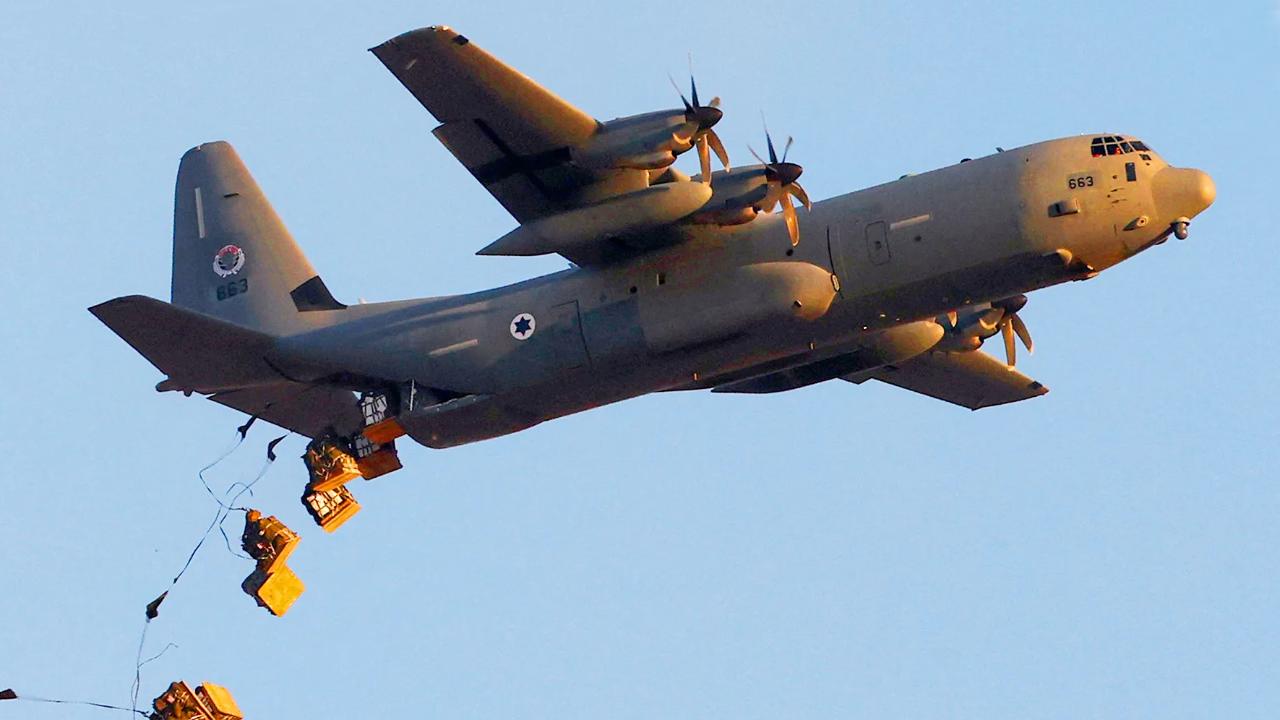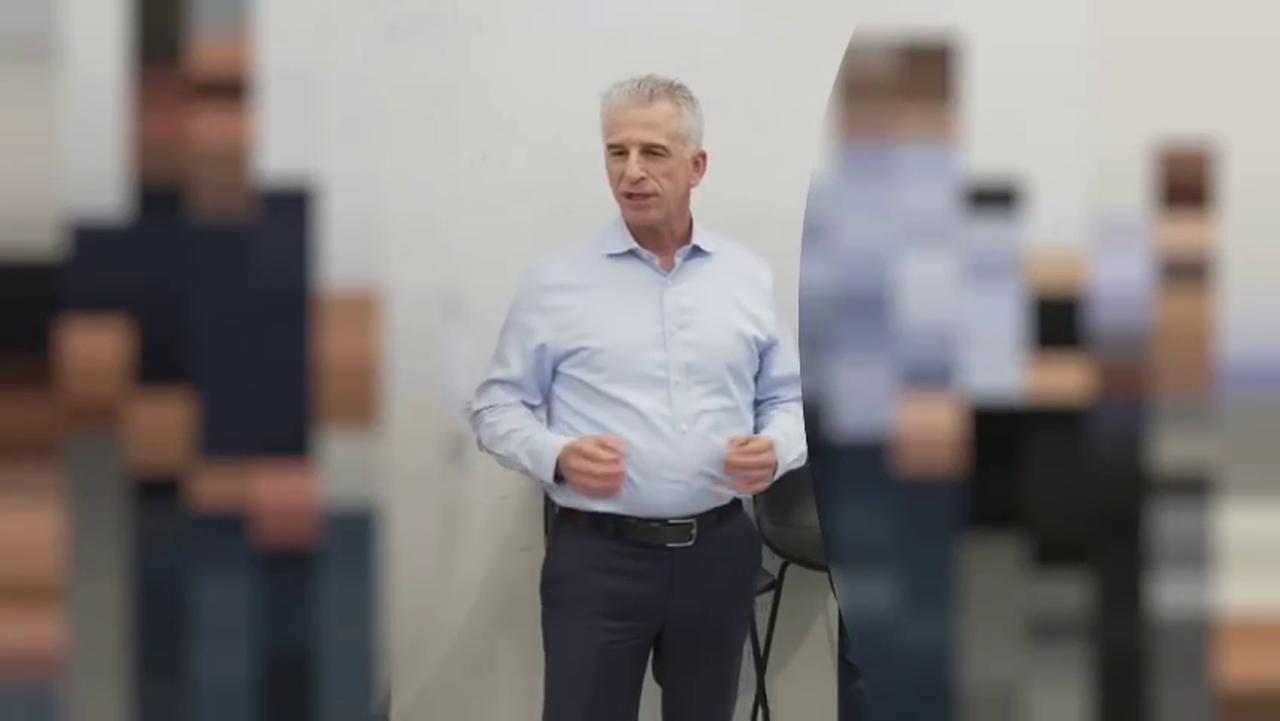
During Israel's "Operation Rising Lion," special forces may have carried out covert ground operations deep inside Iran, supported by C-130 transport aircraft and possibly forward airstrips in Syria or even on Iranian soil, as some Israeli officials claim.
Israeli Army Chief of Staff Lt. Gen. Eyal Zamir stated Wednesday that Israeli ground commandos operated secretly inside Iranian territory during the 12-day war, targeting Tehran's nuclear and missile capabilities.
"We caused significant damage to (Iran's) missile capabilities, we removed hundreds of launchers, and we caused a significant delay with their force build-up plans. In addition, we managed to achieve intelligence, technological, and aerial superiority," Zamir said.
"We reached a level of operational freedom in the skies of Iran and in every location we chose to act in," he added.
"These forces operated covertly deep in enemy territory and carried out operations that granted us operational freedom of action," Zamir also stated.
The operation was supported by Mossad operatives who reportedly maintained a long-term presence inside Iran. According to Zamir, the combined actions of these forces led to "significant damage" to Iran's nuclear program. But these are just claims by the Israeli officials. The real question is: could Tel Aviv realistically carry out such an operation?
Israel reportedly deployed C-130J-30 and KC-130H aircraft for infiltration, extraction, and possible aerial supply and recovery missions. Observers recorded low-altitude flights by Israeli C-130s over Syria's Sweida region on June 13 and June 17.
The aircraft, flying without visible refueling pods, suggests they were not servicing fighter aircraft but rather transporting personnel and equipment.
Analysts believe a temporary forward operating base or airstrip was established in eastern Syria to enable rapid deployment and extraction of forces operating inside Iran.
Due to the nature of intelligence, the answer is yes. Mossad, Israel’s intelligence agency, has a proven track record of conducting covert operations inside Iran, despite the immense challenges posed by Iran’s environment and robust security.
Iran’s Islamic Revolutionary Guard Corps (IRGC) and Ministry of Intelligence and Security (MOIS) maintain tight surveillance and counterintelligence efforts, making it a dangerous place for any foreign operative. That said, such risks are inherent to the nature of intelligence work—so while difficult, it’s not impossible.
It wouldn’t be wrong to say that no country in the world is entirely immune to infiltration by foreign intelligence services. While it may sound absolute, that’s simply the reality of how global intelligence networks operate.
Reports indicate that Israeli operatives were involved in Destruction of Enemy Air Defenses (DEAD) missions inside Iran.
Reportedly, these strikes, later seen in Mossad's publications, targeted Iranian surface-to-air missile batteries, radar installations, and command centers, supporting Israeli air activity throughout the operation.
According to a June 2025 U.S. Naval Institute report, Israeli special operatives had likely been preparing within Iran for months prior to the launch of the main offensive.
Equipment and drones were reportedly smuggled in via shipping containers, trucks, and covert routes. Iranian media reports claim such operations were conducted by Israeli operatives, capturing first-person view (FPV) drones inside small trucks e.t.c.
Mossad Chief David Barnea stated that the agency had deployed "hundreds of agents" inside Iran.
In a rare video message, Barnea said, "We will be there, like we have been there." He added that Mossad's activities had targeted Iranian military and nuclear infrastructure and acknowledged cooperation with the Israeli army and U.S. intelligence services.
Mossad played a key role in the targeted assassinations of Iranian figures, releasing unprecedented footage of its operations. Iran confirmed the deaths of 11 nuclear scientists, while Israel claimed the number was at least 15.
But it takes two to tango—espionage and intelligence are never one-sided. Iranian authorities claimed to have arrested many people on suspicion of having ties to Mossad and their alleged involvement in provocative activities aimed at stirring public unrest, even hanging some of them.

Iran’s attacks killed 29 people in Israel and injured 3,491 others, including those hurt while seeking shelter or suffering from psychological trauma.
Nearly 11,000 residents were evacuated from targeted areas, and authorities received more than 38,000 damage reports.
In response, Israeli forces struck more than 1,480 military targets in Iran, according to the Israeli military, disabling 20 fighter jets, as many as 1,000 ballistic missiles, and dozens of missile launchers. Airstrikes were carried out in at least 20 Iranian cities, including Tehran, Tabriz, Kermanshah, Lorestan, and Mashhad.
The Iranian Health Ministry reported 627 deaths and at least 4,870 injuries in the Israeli attacks.
Among those killed were at least 25 senior Iranian commanders, including Chief of Staff Mohammad Bagheri and Iran's Islamic Revolutionary Guard Corps (IRGC) Aerospace Commander Amir Ali Hajizadeh.